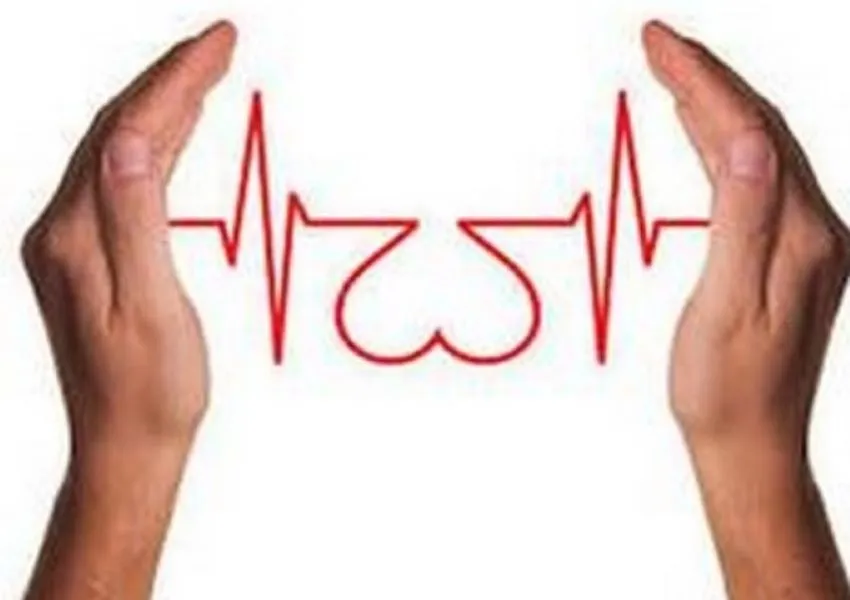Revolutionising Cardiac Care With Innovation




Beyond counting steps and tracking heart rates, these devices are now equipped with advanced technologies that could save lives, especially in the field of heart health.
Heart disease is the leading cause of mortality globally. In India, the situation is particularly critical, with a growing number of young people being affected by cardiovascular diseases. Factors like family history, obesity, smoking, lack of awareness, and barriers to accessing healthcare all contribute to these increasing rates. The problem is even more severe in underserved communities where there is a lack of proper equipment and resources for early diagnosis and treatment.
However, technology is stepping in to fill these gaps and transform heart care in remarkable ways. From devices that sync health data with your smartphone to artificial intelligence (AI) that helps doctors make better decisions, the integration of technology into healthcare is a game-changer.
Connected devices that save lives
One of the most exciting advancements in heart care is the ability of different devices to communicate with each other. This is known as device-to-device interoperability. For example, a glucose monitor, or heart rate tracker can now sync with your smartphone, allowing you and your healthcare provider to monitor your health in real time. This connectivity is crucial for managing heart conditions, as it allows for continuous monitoring and timely intervention. This kind of technology provides a way for people, even in remote areas, to access crucial health information and share it with their doctors without needing to visit a clinic.
New cardiovascular tech is being designed with device-to-device compatibility in mind. This can give people freedom to go about their daily lives — and give doctors and other providers more real-time data to manage care effectively by adjusting treatment plans for improved patient outcomes.
Role of technology in heart health
The rise of cardiovascular diseases, particularly in young Indians, is a threat to the nation’s future as they form the backbone of the country’s workforce. To tackle this issue, India needs to adopt innovative technologies faster so that care can be improved. By integrating advanced tools into the healthcare system, we can aim to reverse this trend.
In addition to the importance of connectivity of medical devices and remote monitoring of patients with cardiovascular diseases, Artificial Intelligence (AI) is one of the most promising technologies in healthcare today. It can analyze vast amounts of data quickly, helping doctors make more accurate diagnoses and identify symptoms that might otherwise be missed. This is particularly valuable in heart care, where early detection of problems can make a significant difference in outcomes.
At Abbott, AI is being used to advance our technology to bring new improvements to patients and their clinical care teams. For example, have smart software that uses AI to help doctors take faster and more accurate decisions during stent implantation. When combined with a special imaging tool called optical coherence tomography (OCT), it gives doctors a detailed 3D view of the heart's blood vessels. In patients who need stents, this combination of AI-powered tools can help doctors place the stent more accurately during a procedure like angioplasty. This not only improves the success rate of these procedures but also reduces the risk of complications. Increased adoption of OCT imaging, when combined with advanced technology like AI, allows cardiologists to have a more precise and measurable way of supporting patients undergoing coronary stent procedures by enhancing accuracy.
Towards a collaborative future
While technology has the potential to revolutionize heart care, it’s essential to ensure that these innovations are accessible to everyone. Given the significance of preventive health, it’s also important to involve patients in their own care and empower them to proactively monitor and engage with their condition. This requires collaboration between technology developers, healthcare providers, and policymakers. By working together, they can create a healthcare system that leverages these advanced tools effectively, providing comprehensive care to all sections of the population.